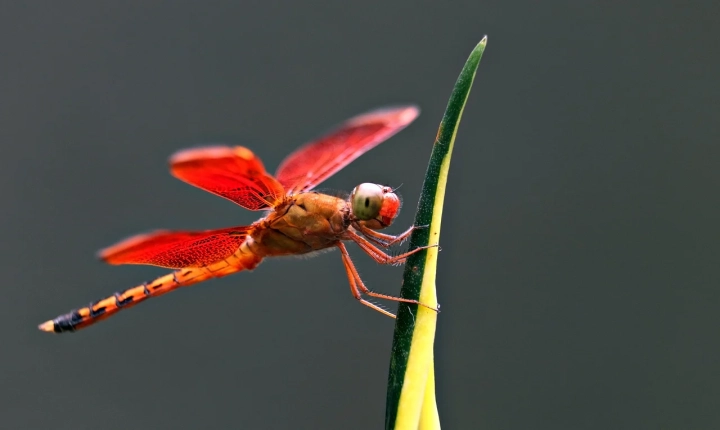Artificial intelligence has been making significant strides in the field of image generation, and the results have been nothing short of captivating. AI-generated images have found applications in various fields, from creating realistic-looking landscapes to generating virtual characters for video games and movies. In this article, we’ll explore the process of creating AI-generated images and the technology behind it.
To create an AI-generated image, you’ll need to follow a series of steps that involve using sophisticated algorithms and machine learning techniques. One popular method for generating images is through the use of generative adversarial networks (GANs). GANs are a type of neural network architecture that consists of two networks – a generator and a discriminator – that work in tandem to create realistic images.
The process begins with the generator network, which takes random noise as input and transforms it into an image. The generated image is then passed to the discriminator network, whose job is to differentiate between real and fake images. Through a process of back-and-forth learning, the generator network learns to create increasingly convincing images, while the discriminator network becomes more adept at identifying fake ones.
Training a GAN involves feeding it a large dataset of real images, which allows the networks to learn the visual patterns and characteristics of the images. As the networks iteratively improve their performance, the generator becomes better at synthesizing images that are indistinguishable from real ones, while the discriminator becomes more discerning in its judgment of images.
In addition to GANs, other deep learning techniques such as variational autoencoders (VAEs) and convolutional neural networks (CNNs) are also used for image generation. These methods, in conjunction with datasets containing a diverse range of images, enable the AI to learn the features and patterns necessary to create realistic and high-quality images.
When creating AI-generated images, it’s important to consider ethical and legal implications, especially when it comes to using images of people. Ensuring that the AI-generated images do not infringe on privacy rights and are used in a responsible manner is crucial.
The applications of AI-generated images are vast and varied. They can be used in the entertainment industry to create lifelike characters for movies and video games, in virtual reality environments to simulate realistic landscapes, and in design and art to generate visually striking patterns and graphics.
In conclusion, creating AI-generated images entails a complex process that leverages advanced neural network architectures and large datasets. As the technology continues to advance, we can expect to see even more realistic and diverse AI-generated images being produced, opening up new possibilities in various industries. However, it’s important to approach this technology with ethical and legal considerations in mind to ensure responsible and respectful use of AI-generated images.
